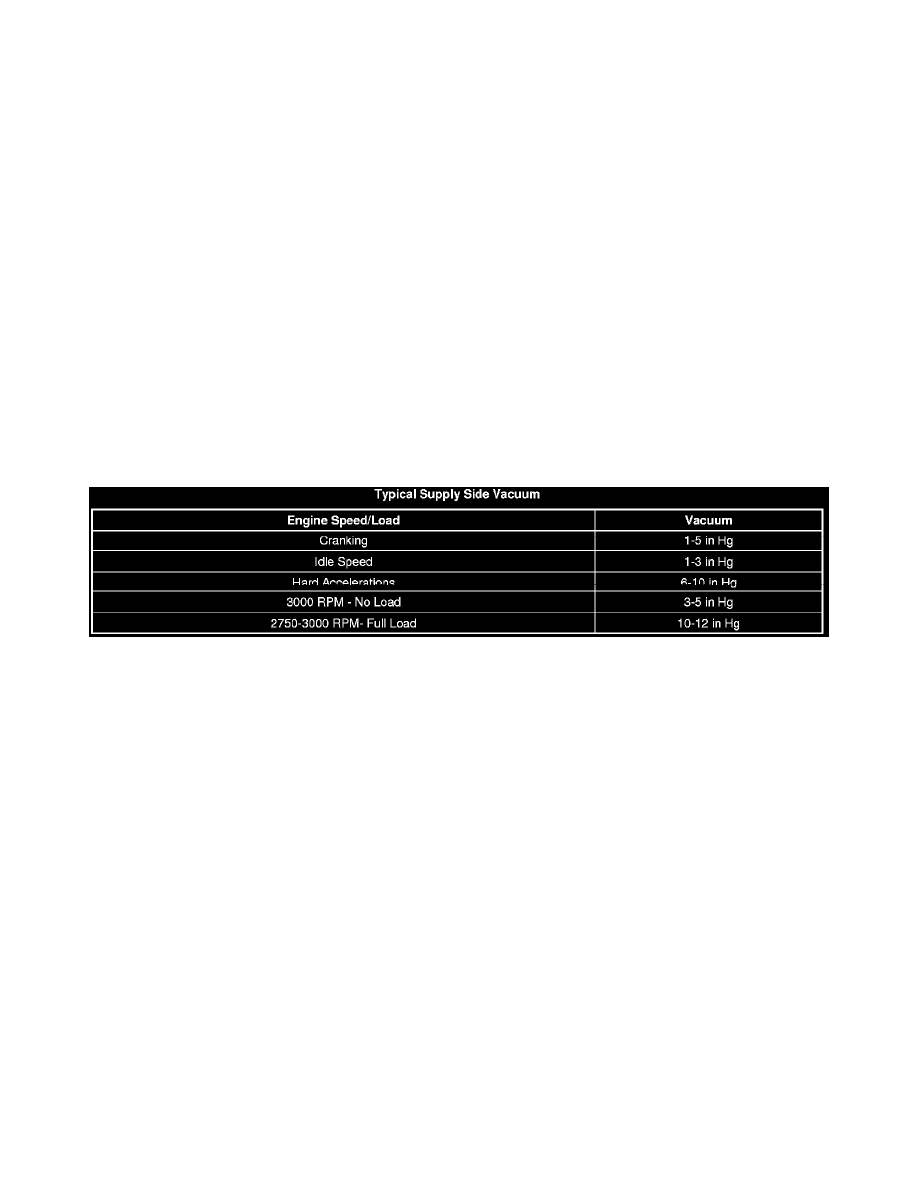Silverado 2500 4WD V8-6.6L DSL Turbo (2010)

Fuel Pressure: Testing and Inspection
Fuel System Diagnosis
Fuel System Diagnosis
Diagnostic Instructions
*
Perform the Diagnostic System Check - Vehicle (See: Testing and Inspection/Initial Inspection and Diagnostic Overview/Diagnostic System
Check - Vehicle) prior to using this diagnostic procedure.
*
Review Strategy Based Diagnosis (See: Testing and Inspection/Initial Inspection and Diagnostic Overview/Strategy Based Diagnosis) for an
overview of the diagnostic approach.
*
Diagnostic Procedure Instructions (See: Testing and Inspection/Initial Inspection and Diagnostic Overview/Diagnostic Procedure Instructions)
provides an overview of each diagnostic category.
Circuit/System Description
Fuel is drawn by the fuel injection pump from the tank to the engine through the fuel supply lines. Fuel flows to the fuel filter/heater element housing ,
which combines a water separator, a prime pump, fuel heater element and a filter element. A mechanical fuel injection pump at the front of the engine
valley includes the fuel supply pump and the high-pressure pump. The small section of the fuel pump assembly is the supply pump, which creates a
vacuum to pull fuel from the fuel tank to the high-pressure pump. The vacuum varies with engine load and speed as indicated by the table below. The
pump is engine-driven by the camshaft gear. From the high-pressure pump, the pressurized fuel flows to the left fuel rail. A balance pipe from the center
of the left rail then feeds the right fuel rail. Each fuel rail supplies one bank of 4 fuel injectors. The fuel rail pressure sensor is mounted in the end of the
right fuel rail. Fuel is used to cool and lubricate the fuel injectors and fuel injection pump. The fuel return system is designed to return this fuel to the fuel
tank. If the high side fuel pressure becomes excessive, the fuel rail pressure relief valve releases the fuel into the fuel return system. The return fuel
travels through the fuel cooler and then to the fuel tank.
Diagnostic Aids
An Engine Cranks but Will Not Run or Hard Start symptom may exist if air is being drawn into the fuel injection system due to the following conditions:
*
Fuel contamination-Refer to Contaminants-in-Fuel Diagnosis (See: Powertrain Management/Computers and Control Systems/Testing and
Inspection/Component Tests and General Diagnostics/Contaminants-in-Fuel Diagnosis).
*
Deformed or cut O-rings at the fuel supply line connections
*
Improperly seated fuel supply line fittings
*
Porous or weathered rubber fuel supply lines
*
Fuel filter vent screw not tighten or cross threaded
*
Fuel filter not tighten properly
Reference Information
Special Tools
*
J-23738-A MityVac
*
EN-47969 Fuel Supply Diagnostic Hose
*
CH-48027 Digital Pressure Gauge
*
J 44581 Fuel Line Disconnect Tool
Circuit/System Verification
Observe the Actual Fuel Rail Pressure parameter with a scan tool. During engine cranking, the pressure should be at least 10 MPa. With the engine
running at idle the pressure should be close to the Desired Fuel Rail Pressure. As the engine speed increase, the Desired Fuel Rail Pressure and the
Actual Fuel Rail Pressure should be within 2 MPa of each other.
Circuit/System Testing
Note: Ensure that a sufficient amount of fuel is in the fuel tank to run the vehicle.
